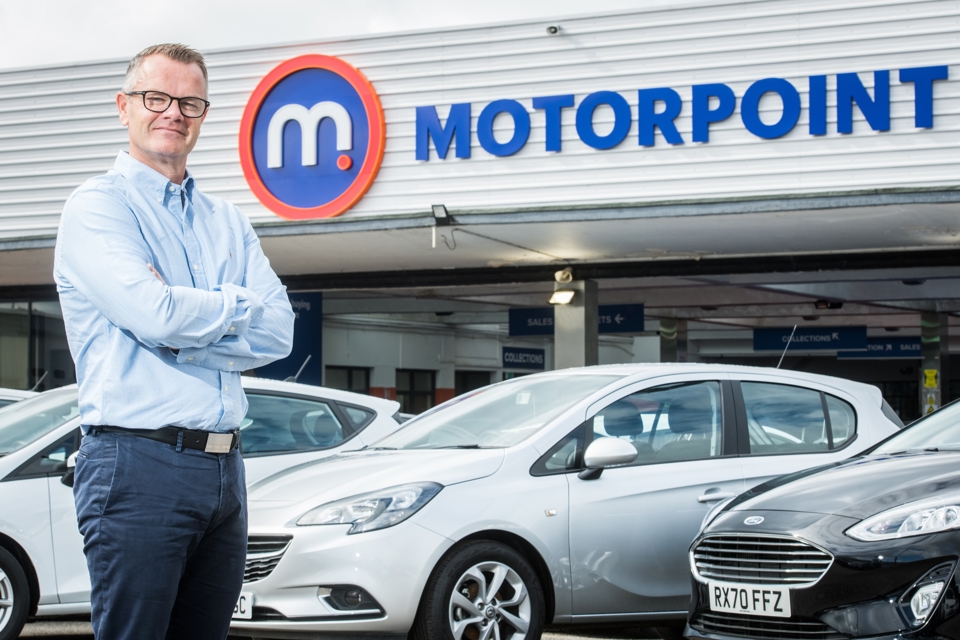Many used car retailers face critical business conditions as unprecedented market turbulence and unpredictability continue to take hold, according to Motorpoint CEO Mark Carpenter.
Commenting on figures released by the Society of Motor Manufacturers and Traders (SMMT), yesterday, Carpenter warns that used car dealers are not enjoying the “purple patch” the figures seem to suggest.
The SMMT reported that 1,774,351 used car sales had been completed in the first three months of the year, resulting in a 5.1% year-on-year rise in a period where high values continue to deliver significant margins for car retailers.
But the year-on-year rise was 12 months after a period when car showrooms nationwide were closed due to COVID-19 restrictions, with only click and collect transactions allowed.
The used car sector remained 12.2% down by volume, when compared to a pre-COVID 2019, in Q1, 2022.
Carpenter explained: “There’s a perception out there that used car dealers are making money hand over fist at the moment and all we hear in the media is talk of high prices.
“But this price inflation has been caused by a shortfall in supply that’s seen half a million vehicles come out of the supply chain in the first three months of the year.
“Sure, prices are around 30% higher than they were a year ago but prices have plateaued and are beginning to ease off. Additionally, for the first time since COVID, we’re seeing normal levels of depreciation returning, with stock typically losing between 1.5% and 2% of its value per month.
“Additionally, the way these latest figures are presented gives a bit of a false positive. The used car market may be up 5.1% in Q1 of 2022 but it’s still down 12% on 2019 pre-pandemic levels, while the new car market is down 40%. Combined, that’s a fall of more than 529,000 cars changing hands.”
New car sales, meanwhile, were down 15.8% in April 2022 versus April 2021, with the month ending at a total of 119,167 registrations.
The SMMT data shows April’s decline was driven primarily by a -33.3% decrease in large fleet registrations, as many brands, unable to get enough cars built to match demand, continue to prioritise the typically more profitable private consumer segment, which helped this market segment see a modest increase of 4.8%.
“Rather than seeing SMMT separate out new car registrations and used car sales, I think it would be better to combine the data as the two are intrinsically linked. That would be a much more useful way of looking at overall market health,” said Carpenter.
He added: “The important thing is that people are still buying cars and it doesn’t really matter to most consumers if they buy brand new or nearly new.”
Carpenter does not believe new car production will return to more than 2 million additional registrations in the near term, adding that the used car market is likely to remain unpredictable for the foreseeable future.















Login to comment
Comments
No comments have been made yet.